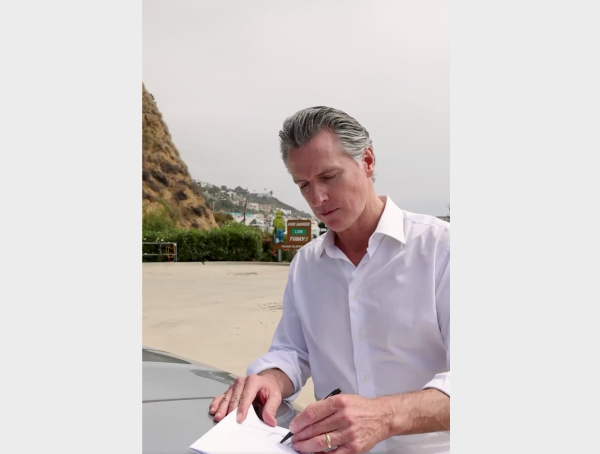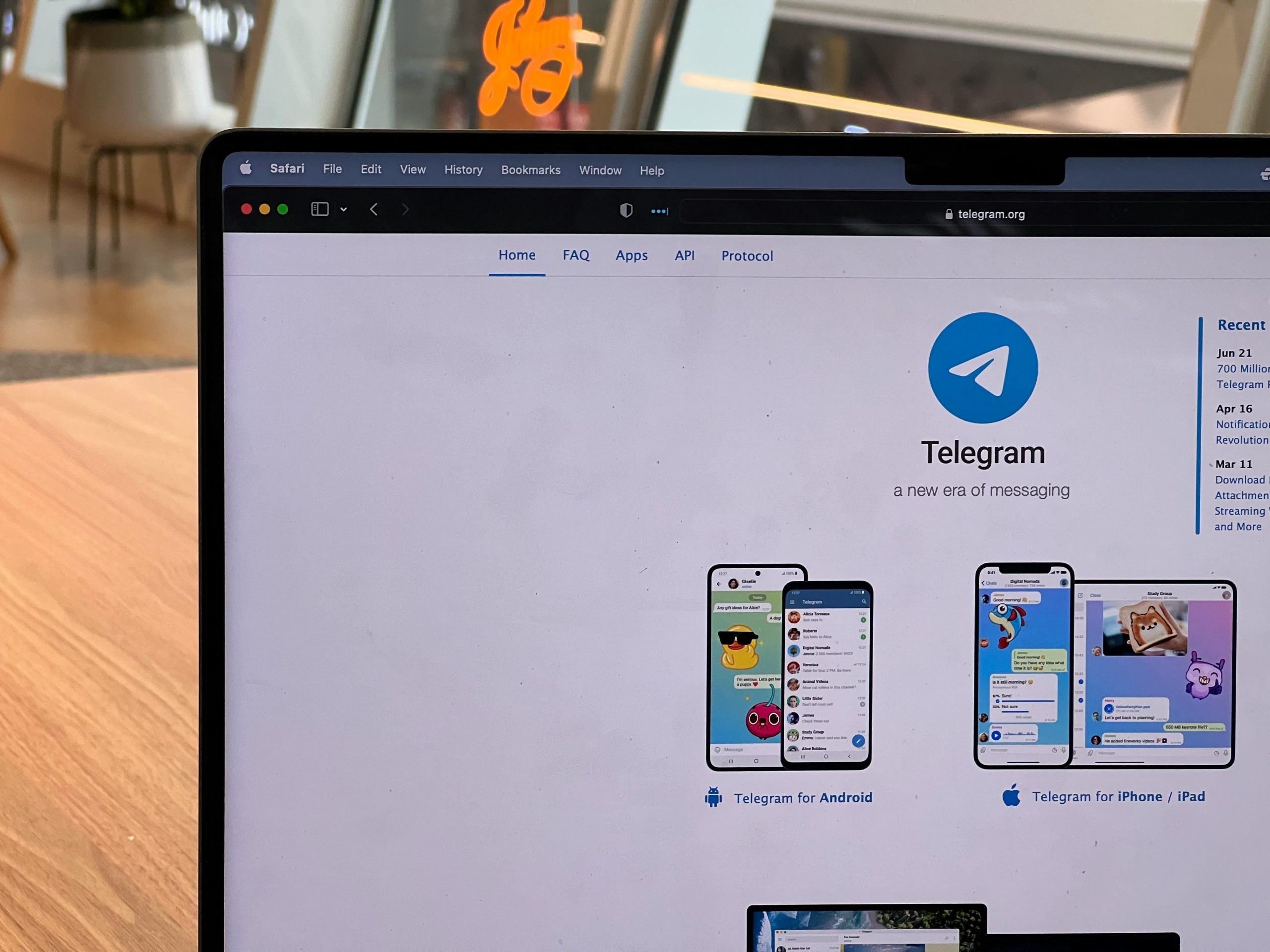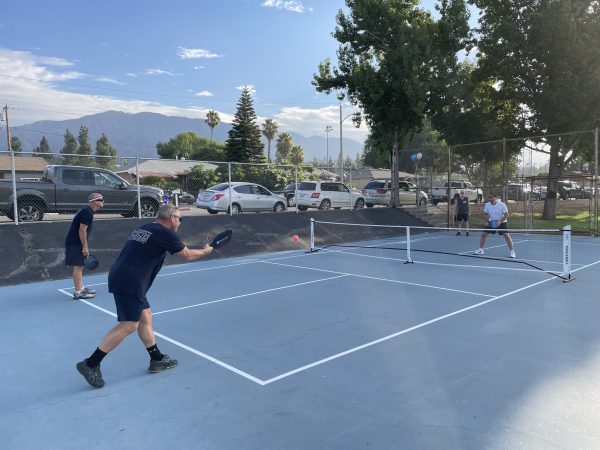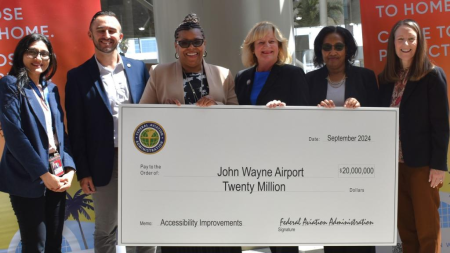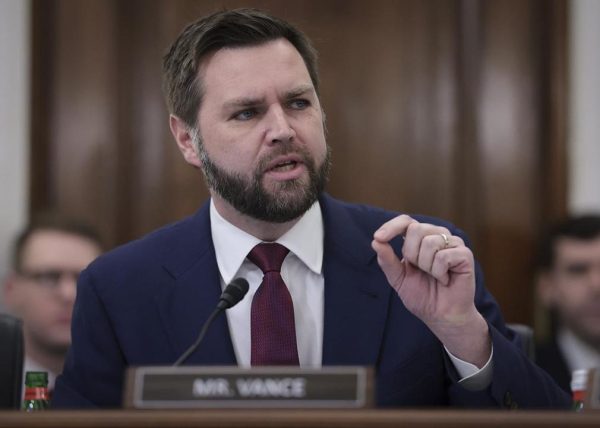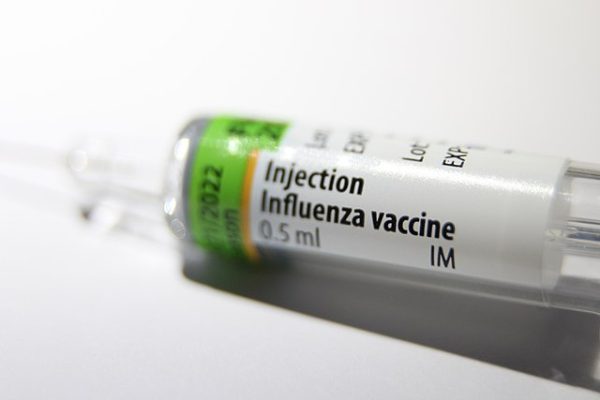Gov. Gavin Newsom on Friday announced the signing of legislation to allow speed cameras on a hazardous stretch of Pacific Coast Highway in Malibu, where more than 60 people have died in vehicle crashes since 2010.
Senate Bill 1297 passed both houses of the California State Legislature in late August. The legislation authored by Sen. Ben Allen, D-Santa Monica, builds on existing efforts by the state government to reduce deadly car wrecks on this section of arguably the state’s most iconic roadway, officials said.
The newly signed law allows the city of Malibu to install up to five automated speed enforcement cameras in hopes they will deter speeding, particularly in high-risk areas such as school zones, according to the governor’s office. The forthcoming speed camera automatically detect vehicles exceeding speed limits and generate citations for violators.
The law requires the city to post clearly visible signs notifying drivers of the speed-camera system and implement a public education campaign before the cameras start issuing fines.
The new anti-speeding system also “will prioritize geographic and socioeconomic diversity” in the placement of cameras, according to a statement from the governor’s office.
“Over 60 lives lost on one stretch of our iconic Pacific Coast Highway is unacceptable — it’s a call to action,” Newsom said in a statement. “That’s why we’re adding speed cameras to help put an end to reckless driving in Malibu. These new cameras will build on the state’s ongoing safety makeover that includes infrastructure upgrades, increased traffic enforcement, and a new public education campaign.”
Allen said in a statement, “The signing of SB 1297 today is a huge win for the safety of Malibu residents and its visitors. We know speed cameras can help curb reckless speeding — an issue this beautiful stretch of highway has been plagued with for years — so I am grateful the Governor recognizes the important role this equipment will play in saving lives. I look forward to continuing to work alongside the City for further road safety improvements that will build on this milestone.”
In May, state officials announced safety initiatives along PCH that include infrastructure upgrades, added enforcement and the Go Safely PCH campaign.
In September the governor also signed two other bills focused on upgrading transportation infrastructure and accountability statewide.
SB 960 by Sen. Scott Wiener, D-San Francisco, set long-term benchmarks for making transportation infrastructure safer and more inclusive, according to Newsom’s office. The law requires Caltrans to integrate pedestrian, bike and transit facilities into future projects, with an emphasis on underserved areas.
“By 2027, transit priority facilities will be implemented in regions with current or future public transit needs, promoting safer and more sustainable transportation systems statewide,” according to the governor’s office.
Assembly Bill 2086 by Assemblywoman Pilar Schiavo, D-Chatsworth, requires Caltrans to provide a clear financial breakdown of investments on a publicly accessible “dashboard,” officials said.
“Allowing Californians to track how funds are allocated across key programs like the Active Transportation Program and the State Highway Operation and Protection Program complements both short- and long-term road safety efforts by increasing transparency in the state’s transportation investments,” according to Newsom’s office. “This accountability measure ensures that investments align with the state’s safety, equity, and climate resilience goals.”
AB 645 became law in 2023 and allows six cities — Los Angeles, Glendale, Long Beach, San Francisco, San Jose and Oakland — to implement pilot speed-camera programs for five years.

